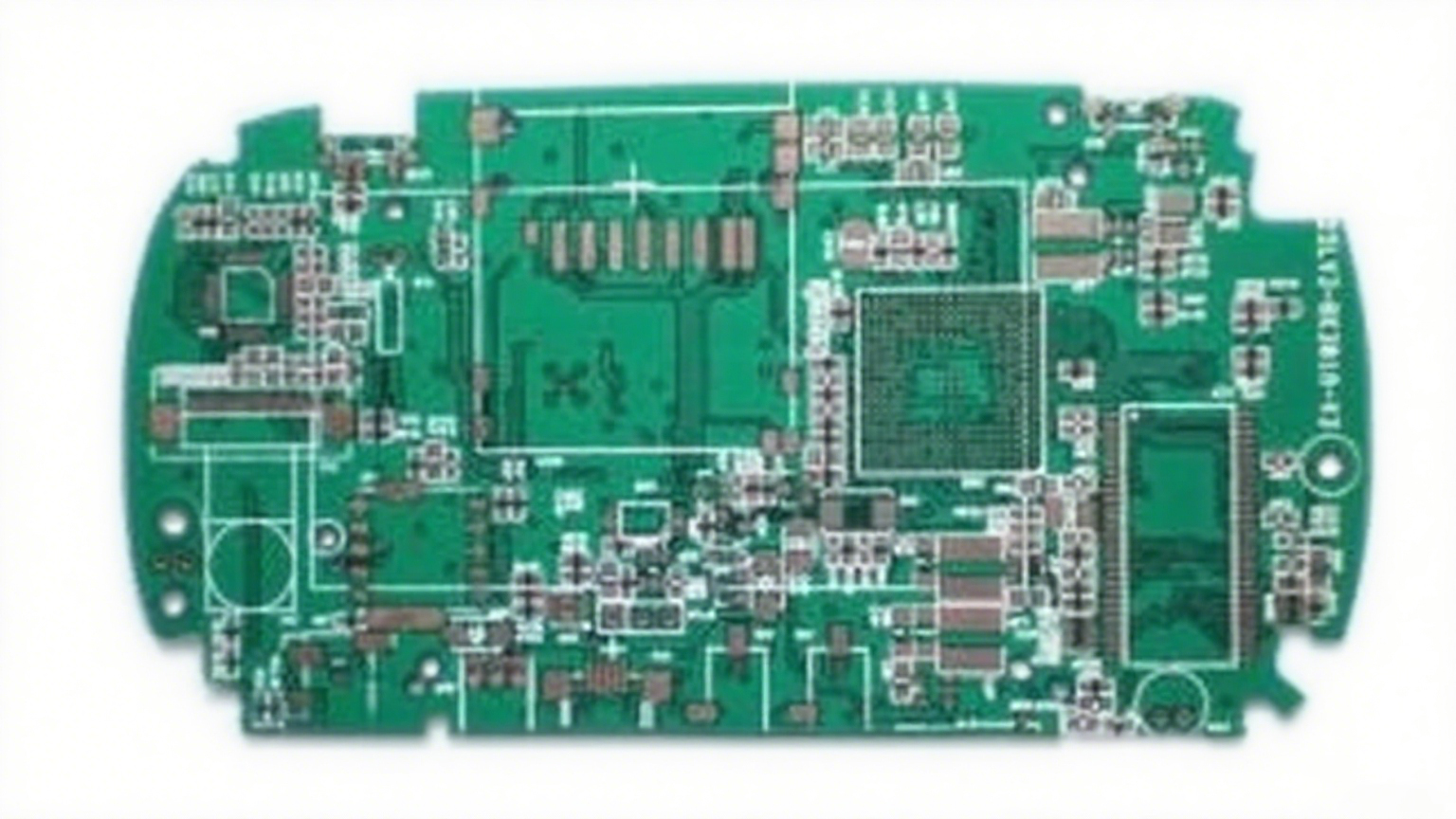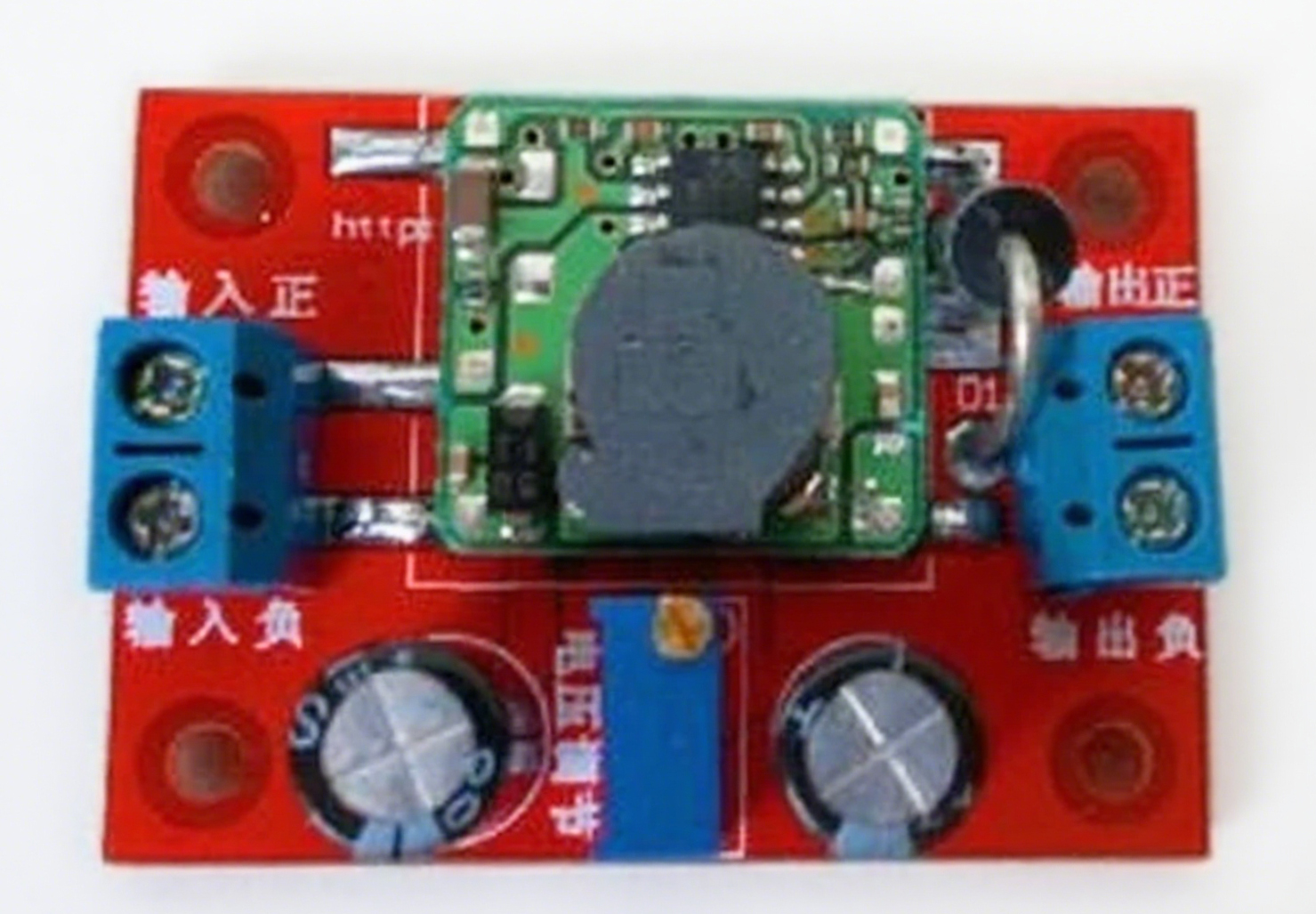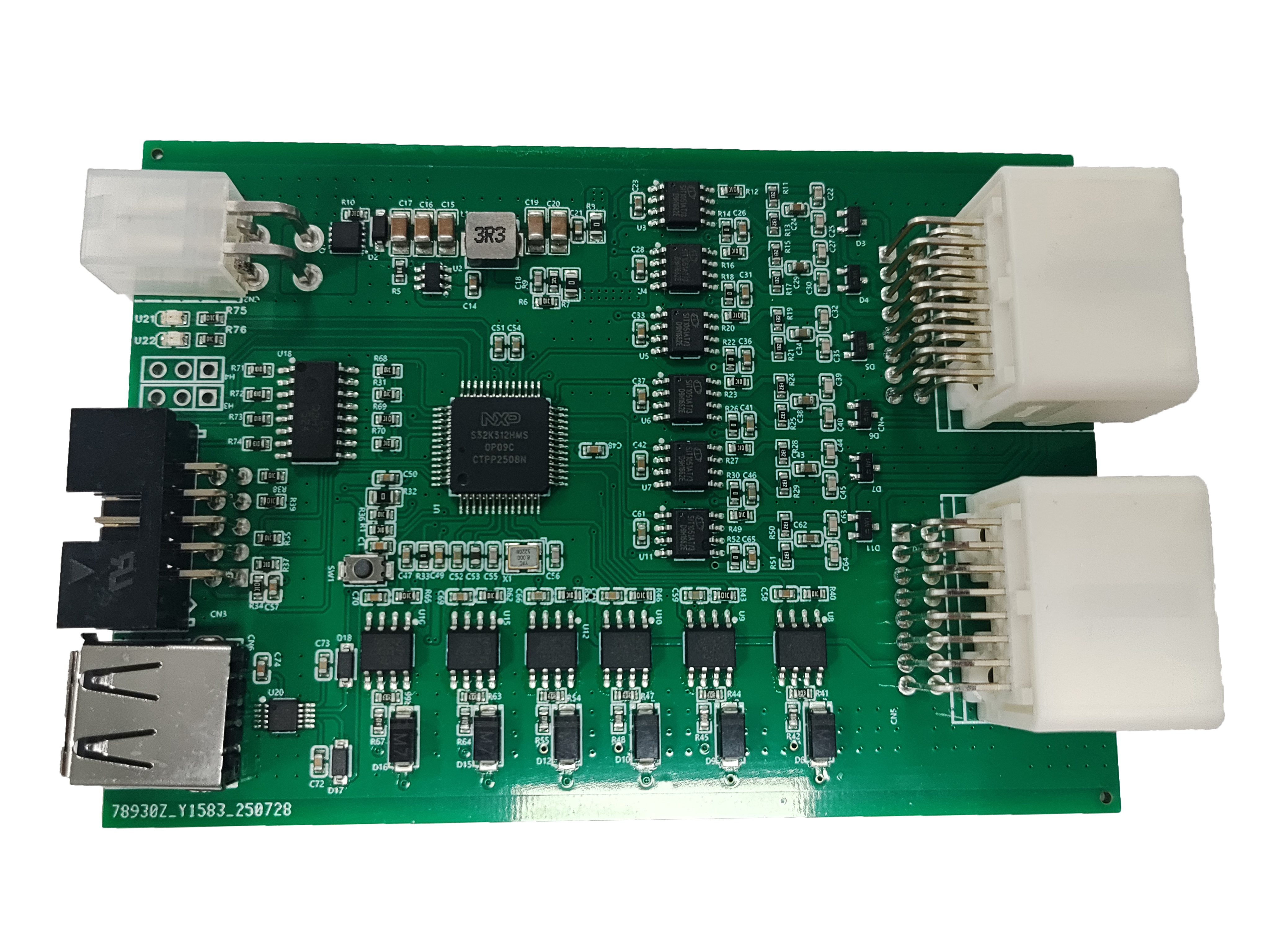I. Product Overview This controller is designed based on the NXP S32K312 high-performance automotive-grade microcontroller, integrating 6 CAN (including CAN FD) and 6 LIN communication interfaces. It is specifically built for complex network communication scenarios such as automotive electronics and industrial automation. Through modular architecture design, the product realizes multi-protocol collaborative processing, supports functional safety level ASIL-B, meets vehicle-level reliability requirements, and can be widely applied in key fields such as body control, powertrain, and intelligent gateway. Core Advantages - High Integration: A single chip integrates 6 CAN FD and 6 LIN, reducing PCB area and BOM cost. - Real-time Performance: Cortex-M7 core with a main frequency of 160MHz, combined with hardware acceleration modules, ensures zero frame loss in communication. - Functional Safety: Built-in ECC memory protection and watchdog timer, compliant with ISO 26262 ASIL-B standard. - Low Power Consumption Design: Supports multiple sleep modes, with typical power consumption <5mA, meeting the energy-saving needs of new energy vehicles. II. Hardware Architecture Analysis 1. Main Control Unit - Chip Selection: NXP S32K312 (ARM Cortex-M7 core) - 160MHz main frequency, 1MB Flash, 192KB SRAM - Integrated hardware encryption module (AES-128/256) - Supports a wide temperature operating range of -40℃~125℃ 2. CAN Communication Module - Interface Configuration: - 6 independent CAN FD channels (compatible with CAN 2.0B) - Each channel supports a maximum data rate of 8Mbps - Integrated TCAN1044VDRBRQ1 transceiver (AEC-Q100 certified) - Key Features: - Hardware supports ISO 11898-1:2015 standard - 32 configurable Mailboxes, supporting ID filtering and masking - Integrated Time-Triggered Communication (TTCAN) function - Error detection and recovery mechanisms (active error, passive error, bus off) 3. LIN Communication Module - Interface Configuration: - 6 independent LIN 2.2A channels - Each channel supports a data rate of 20kbps - Integrated TJA1021T transceiver (compliant with LIN 2.x specification) - Key Features: - Hardware supports automatic switching between master/slave nodes - Frame ID range 0x00-0x3F, supporting enhanced check (PID) - Integrated wake-up source management (local wake-up/remote wake-up) - Supports LIN time-triggered schedule 4. Power Management - System Power Supply: - Input range: 9V~36V (supports on-board 12V/24V systems) - Integrated FS2303B system basis chip (SBC) - Output voltage: 3.3V (±1%), 5V (±2%) - Protection Functions: - Overvoltage protection (42V transient suppression) - Reverse connection protection (diode bridge protection) - Short-circuit protection (automatic current limiting) IV. Typical Application Scenarios 1. Body Control Module (BCM) - Function Implementation: - Control low-speed devices such as windows, wipers, and rearview mirrors through 6 LIN channels - Communicate with high-speed devices such as ECU, BMS, and ESP through 6 CAN channels - Performance Indicators: - LIN response time <50ms - CAN bus load rate <30% (500kbps) 2. Zonal Controller - Function Implementation: - Zonal network management (left/right/front/rear zones) - Power distribution and fault diagnosis - Performance Indicators: - Supports 100+ node networks - Fault recovery time <10ms 3. Intelligent Gateway - Function Implementation: - CAN/LIN protocol conversion - Data routing and filtering - Diagnostic services (UDS over CAN) - Performance Indicators: - Maximum throughput: 48Mbps (6 CAN FD channels at full speed) - Routing delay <100μs This controller provides a flexible and reliable network solution for automotive electronic systems through highly integrated multi-protocol communication interfaces. Its vehicle-level design and high-performance processing capability can significantly reduce system complexity and shorten the development cycle, making it the core control unit of the new generation of intelligent connected vehicles.






